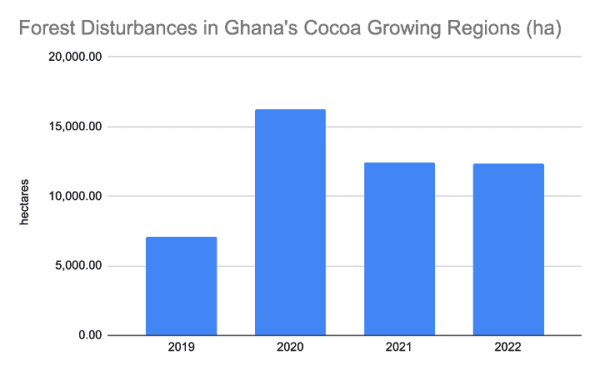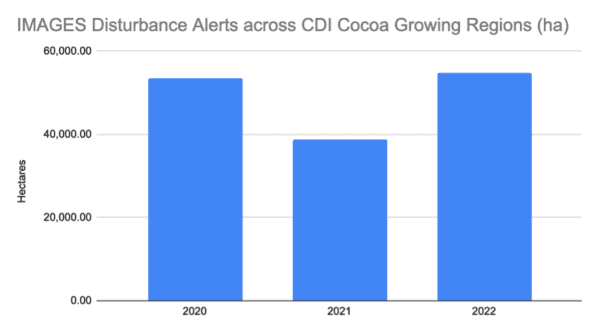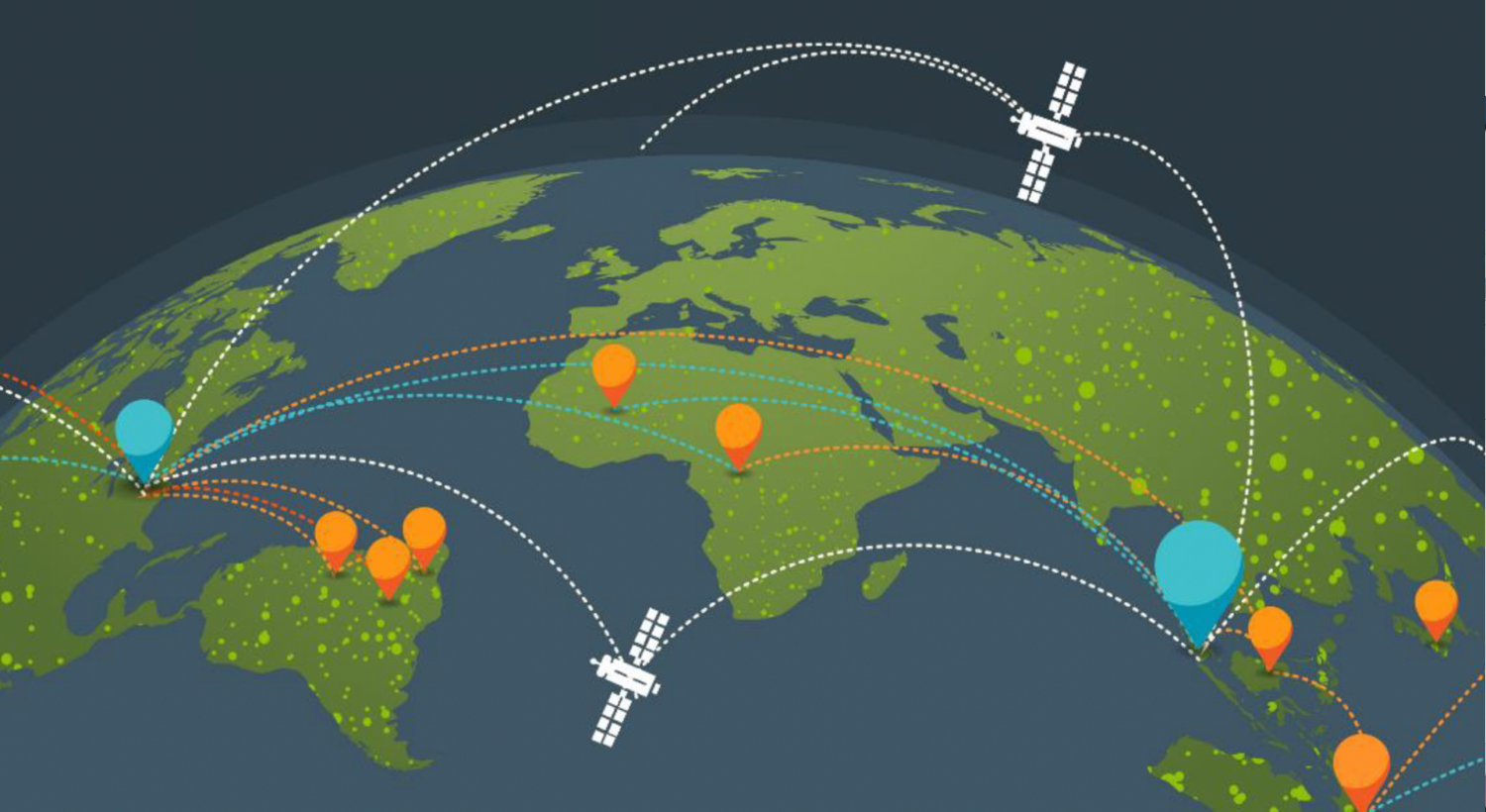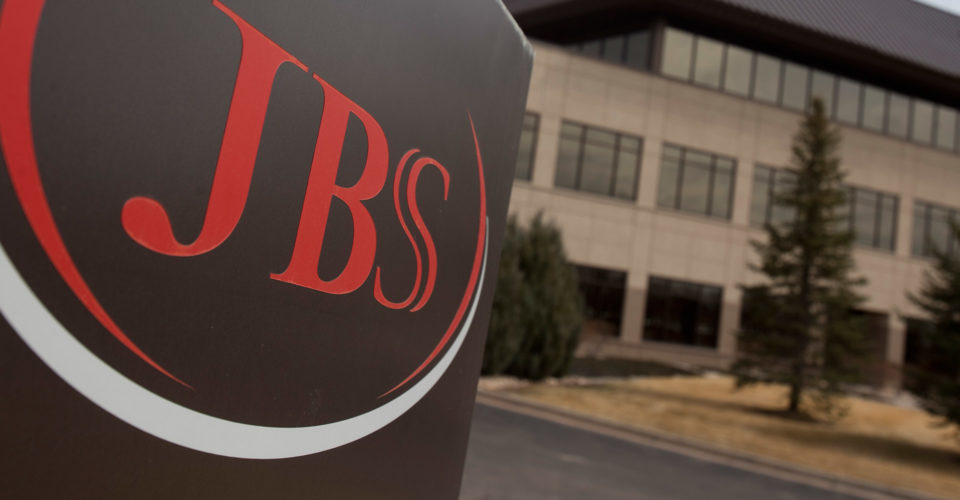
Sweet Nothings: Deforestation Remains High across Ghana & Côte d’Ivoire
Update:
As of March 28th, 2023, RADD alerts have highlighted at least 3,300 hectares of forest disturbances in Ghanaian cocoa-growing regions and 2,600 hectares of disturbances in Ivorian cocoa-growing regions since January 1st, 2023.
—————————
In February 2022, Mighty Earth published our Sweet Nothings report in which we highlighted the unfulfilled promises of cocoa buyers and chocolate companies to halt cocoa-driven deforestation in West Africa and beyond. Our investigation uncovered evidence of ongoing tropical forest destruction in the key cocoa-growing regions of both Ghana and Côte d’Ivoire.
One year on, we’ve taken another look at the satellite data and, sadly, the overall picture has not improved. Deforestation across Côte d’Ivoire & Ghana’s cocoa growing regions in 2022 remained stubbornly high. RADD alerts — radar alerts that highlight forest loss in near-real time — picked up over 8,000 hectares (ha) of forest disturbance in Côte d’Ivoire, the most since 2019. In Ghana, RADD alerts highlighted over 12,000 ha of disturbance, similar to the amount of forest lost in 2021.
This is concerning as it has now been several years since the cocoa industry committed to take action on deforestation. At the November 2017 UN Climate Change Conference, the governments of Côte d’Ivoire and Ghana – along with cocoa traders and leading chocolate manufacturers (including Nestlé, Hershey’s, Mondelez, Unilever, and Mars) – signed the Cocoa and Forests Initiative (CFI) Framework for Action. This was followed in early 2019 by the publication of detailed action plans, raising hopes that companies across the cocoa supply chain would take decisive measures to end deforestation caused by the expansion of cocoa plantations in West Africa and work to rehabilitate degraded ecosystems.
Unfortunately, the evidence suggests that companies and governments have failed to make progress since this time. In Cote d’Ivoire, tree cover loss in cocoa growing regions has steadily increased from 5,500 ha in 2019 to 8,400 ha in 2022. In Ghana, the trend is less consistent, but just as dire. Tree cover loss in cocoa growing regions has averaged ~12,000 ha since 2019, with ~12,350 ha in 2022.
This is particularly concerning as Ghana is estimated to have lost 65% of its forest cover over the past thirty years, while Côte d’Ivoire has lost as much as 90% of its forests over a similar period. With a 2018 estimate showing just ~1,007,000 ha of primary humid tropical forest remaining in Ghanaian cocoa growing regions, and 1,035,000 ha in Côte d’Ivoire, these losses are very significant: 4.7% of remaining forests have been lost in Ghana over the past four years, and 2.6% in Cote d’Ivoire.

Source: Analysis (in Google Earth Engine) based on data from Wageningen University, in collaboration with World Resources Institute‘s Global Forest Watch program, Google, European Space Agency, University of Maryland and Deltares (2020).

Furthermore, estimates of forest loss based on RADD alerts are likely quite conservative, as they monitor a tropical forest basemap that only includes dense, humid tropical forests. IMAGES, the ‘official’ platform for forest monitoring adopted by both the CFI and Ivorian government paints an even scarier picture as the platform monitors more forest coverage than RADD: data from the IMAGES platform shows that more than 54,000 ha disturbance alerts were detected in Côte d’Ivoire’s cocoa growing regions in 2022, higher than both 2020 & 2021.
 Source: Data from the IMAGES Platform’s Early Warning System, licensed by Vivid Economics & co-financed by the UK Space Agency’s International Partnership Programme (IPP).
Source: Data from the IMAGES Platform’s Early Warning System, licensed by Vivid Economics & co-financed by the UK Space Agency’s International Partnership Programme (IPP).
With new legislation soon banning the sale of agricultural products linked to deforestation on EU markets, companies and governments in West Africa now have no choice but to take seriously their previous commitments to protect forests in cocoa growing regions. Mighty Earth once again calls upon the CFI and its members to adopt a publicly available deforestation monitoring system, publish supply chain information related to cocoa sourcing, support sustainable cocoa-growing practices, and actively work to rehabilitate degraded forest landscapes.
For more information on our data and calculations, please rexplore Mighty Earth’s Cocoa Accountability Maps for Côte d’Ivoire and Ghana or reach out to [email protected].


